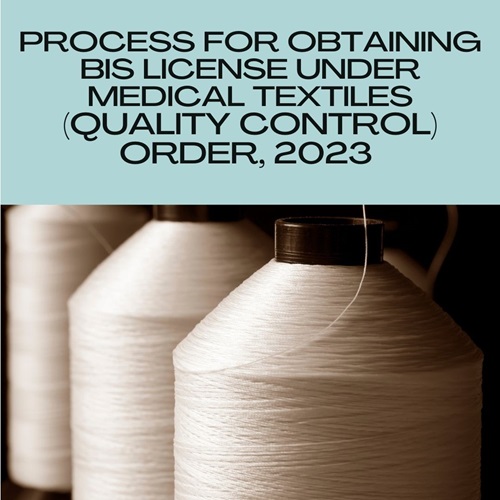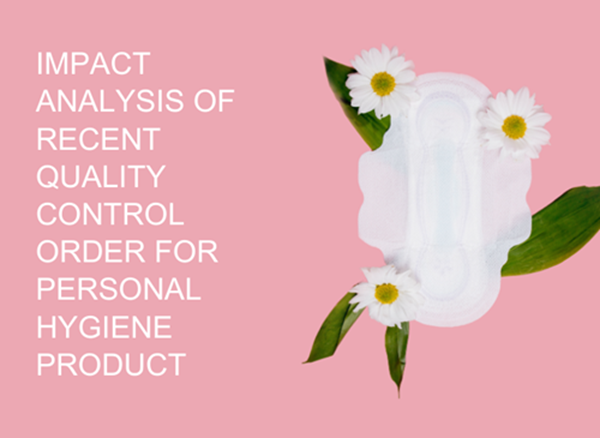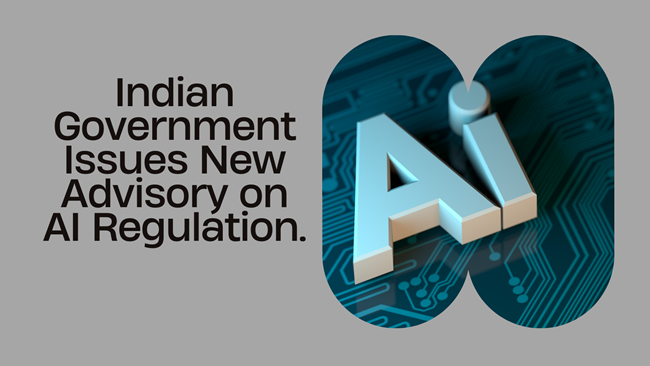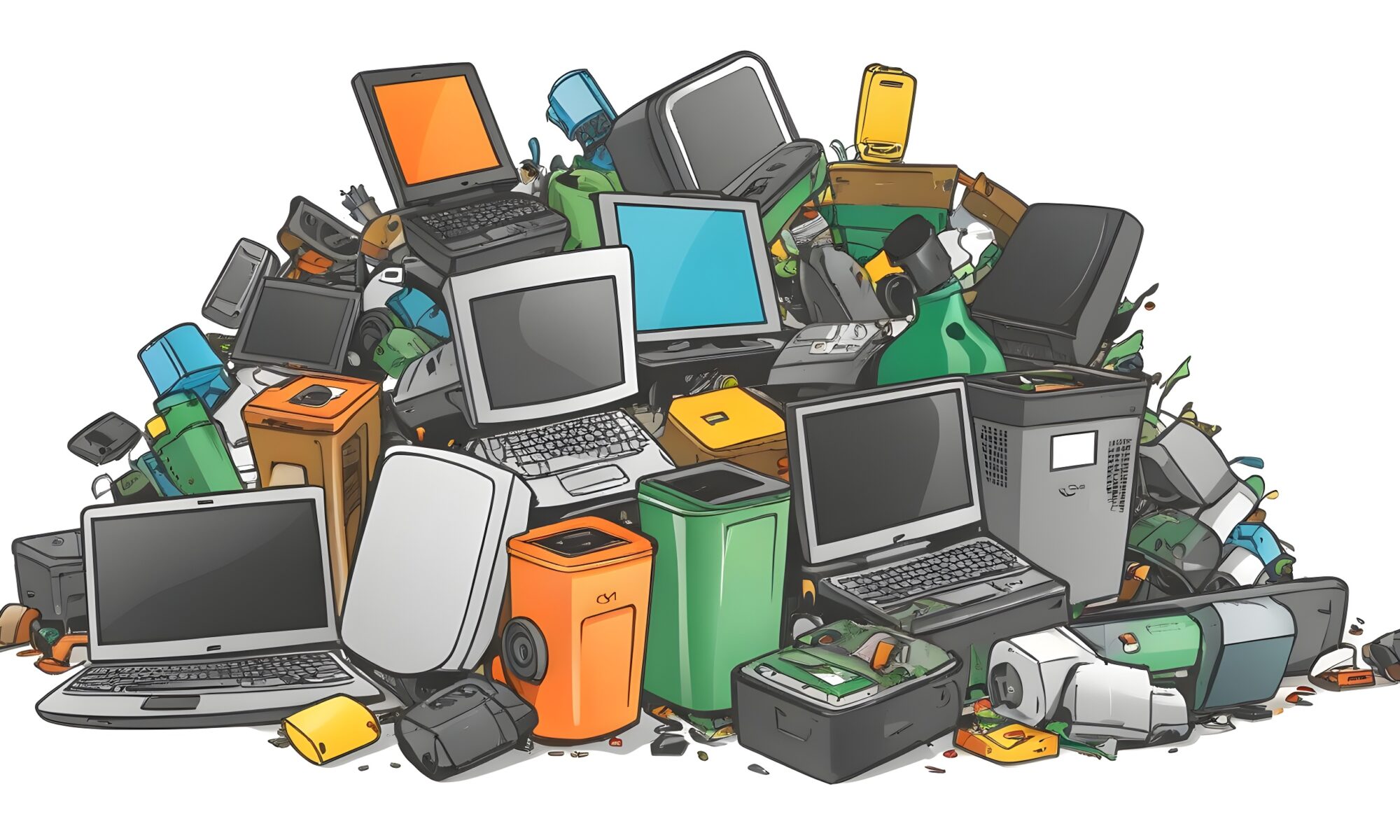Introduction:
Medical textile products such as sanitary napkins, baby diapers, reusable sanitary pad/ sanitary napkins/ period panties, dental bib/ napkins, bedsheet, pillow cover, and shoe covers have been regulated for quality in India by the Medical Textiles (Quality Control) Order, 2023 (the “Order”). The Order requires all manufacturers and importers of medical textile products to label the products with the Indian Standard (IS) Mark. A license over the IS Mark is issued by Bureau of Indian Standards (BIS) after it has determined that the medical textiles and the manufacturing process meet with the standards prescribed by BIS. Such license is commonly referred to as the BIS license.
Which are the standards prescribed by BIS that medical textiles have to meet?
The medical textiles covered by the Order have to mandatorily meet with the standards described in the table below.
| Sl. No. | Goods or article | Indian Standard (IS) | Title of Indian Standard |
| 1. | Sanitary napkins | IS 5405:2019 | Sanitary napkins – Specification (second revision) |
| 2. | Baby Diaper | IS 17509:2021 | Disposable baby diaper – Specification |
| 3. | Reusable Sanitary Pad Sanitary Napkin Period Panties | IS 17514:2021 | Reusable sanitary pad/ Sanitary Napkin/ Period Panties – Specification |
| 4. | Shoe covers | IS 17349:2020 | Medical textiles – Shoe covers – Specification |
| 5. | Dental bib/Napkins | IS 17354:2020 | Medical textiles – Dental Bib or Napkins – Specification |
| 6. | Bedsheet and Pillow Cover | IS 17630:2021 | Medical Textiles – Bed sheet and pillow cover – Specification |
How to obtain license to use Indian Standard mark on medical textiles?
The process to obtain license over the Indian Standard (IS) mark is described in Scheme – I of Schedule – II to the Bureau of Indian Standards (Conformity Assessment) Regulations, 2018 (the “Conformity Assessment Regulations”). The process entails on-site factory inspection, review of manufacturing process, sampling/testing of products at BIS recognized labs, and strict adherence to prescribed labelling and marking requirements.
Do all manufacturers and importers of medical textiles require declaration of Indian Standard (IS) mark on label?
Yes, the Order applies to all manufacturers (Indian and foreign) of medical textiles who wish to sell medical textiles in India. Therefore, such manufacturers will have to obtain license over IS mark from BIS.
However, the Order does not apply to:
- Goods/articles intended for export, or
- Sanitary napkin, baby diaper, reusable sanitary pad / sanitary napkins / period panties manufactured by Self Help Groups (SHG)
The above-mentioned goods/articles need not be mandatorily labelled with IS Mark.
What are the timelines for the Order to become effective?
All manufacturers (domestic and foreign) of sanitary napkins, baby diapers, reusable sanitary pad/ sanitary napkins/ period panties have to ensure that any of their products sold in India on or after October 1, 2024, ought to contain an IS Mark on their label.
All manufacturers (domestic and foreign) of dental bib/ napkins, bedsheet, pillow cover, and shoe covers have to ensure that any of their products sold in India on or after April 1, 2024, ought to contain an IS Mark on their label.
Conclusion:
It generally takes around 4 – 6 months, depending on the delay caused in responding to queries raised (if any), organizing inspection(s), sample deposition, and clearance of fee dues, etc., to receive license over IS Mark from BIS. Therefore, manufacturers and importers of medical textiles should ensure that they make the license application in time so that the business does not suffer.
For more insights on the Medical Textiles (Quality Control) Order, 2023, please refer to our article Medical Textiles (Quality Control) Order, 2023: Impact Analysis for Personal Hygiene Products.










